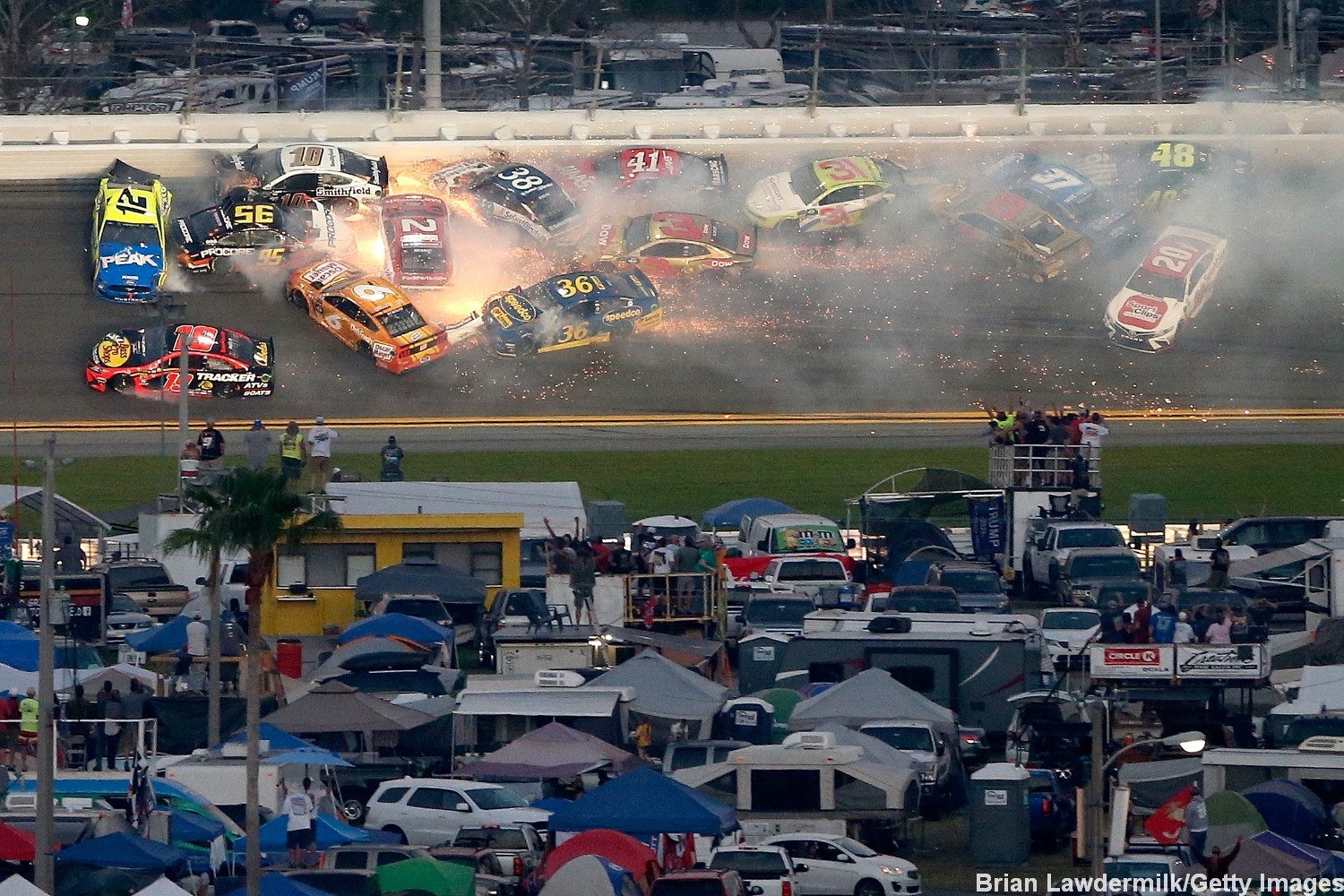Safety: Legal Rights and Advice for Auto Racing Accident Victims
While motorsports are an action-packed escapade for both attendees and participants, the inherent danger in high-speed races cannot be overstated – not only can the drivers be an accident victim, so can spectators.
Hundreds of accidents occur each race season; worldwide, over 8,800 fatalities have occurred across all disciplines, including NASCAR, Formula One, and IndyCar since racing began.
In the United States, the Indianapolis Motor Speedway is the most fatal of all tracks, with 64 casualties since it was first opened in 1909.
With heightened attention to the dangers of crashes in the wake of the Daytona 500’s accident-laden weekend, racing enthusiasts may be unsure of the legalities surrounding personal injury during car races. Today, we’ll investigate the unique facets of being injured during a sanctioned race and explore what you can do to diminish your risks of being seriously injured while racing.
How Are Racetrack Car Accidents Different?
The high speed and close following distance of race cars make them uniquely dangerous, as evidenced by a tragic accident in Indonesia where seven people died. In that incident, one car overturned, and while passing the disabled vehicle, another lost control and slammed into the crowd, wounding an additional 21 people.
A neck-in-neck race can be exciting, but it also leaves little room for errors among the professionals maneuvering the vehicle. Drivers do not have enough time to react to road hazards, especially as slamming on the brake can be even more dangerous than not stopping at all. Any attempt to pass may lead to the cars trading paint; however, far from just being a small scratch, the inertia of cars going over 100mph can lead to a spinout and serious harm.
Because of these factors, race car accidents can be catastrophic for everyone involved, far more dangerous than the typical car accident at normal highway speeds.
Who Is Legally Responsible for an On-Track Accident?
In professional racing, there is an intricate web of liability depending on who is involved and what kinds of injuries occurred.
Drivers and their teams are responsible for repairing damage to their own vehicles through their comprehensive liability insurance. For example, if the Red Bull car is wrecked in an F1 race, then Red Bull is responsible for repairing it. Teams do not sue each other for property damage, as it is believed to set a dangerous precedent.
On the other hand, if a person is injured during a motorsports race (accident victim), then an investigation ensues to find out who was negligent, i.e., who breached their duty of care to drive safely and implement necessary safeguards.
If a driver made a risky maneuver that resulted in injury to another driver, then they could be held responsible, while a racetrack may be held liable if dangerous road conditions led to an accident. If an onlooker is hurt, either the driver’s team, the racecourse, or both may be held responsible.
Because personal injury in motorsports can be very complicated, it is crucial that anyone injured in a racecar accident get legal advice from a skilled personal injury attorney near the jurisdiction where the accident took place. As an example, a driver injured at the Nashville Superspeedway in Lebanon, TN, can reach out to a Smyrna car accident lawyer for more specific advice on liability. An attorney can assist in investigating the accident, identifying who can be held accountable, and negotiating with the relevant insurance agencies on a driver’s behalf.
Staying Safe During a Race – you too can be an accident victim
Everyone at a racetrack owes it to themselves and others to stay as safe as possible around these supercharged machines. Participants should always stay behind barriers and follow the directions of racetrack officials. Though this cannot prevent freak accidents, acting with caution and remaining alert can ensure that those watching are not hit by flying debris: a common problem after a wreck.
Drivers need to be intimately familiar with the vehicles, including safety equipment and rescue procedures. They should inspect their vehicles along with a licensed mechanic before and after each race as an extra safeguard, always telling their owners and other team members whether they have any concerns.
The adrenaline rush can lead to risky decisions, especially as race car drivers are often highly driven, competitive individuals, so it is key to remember that no trophy is worth one’s life. Avoiding dangerous maneuvers, remaining alert to the actions of other drivers, and paying close attention to the car’s performance can make the difference between life and death.
Conclusion
Everyone who watches or participates in motorsports does so for a few key reasons: they admire the strength and beauty of high-powered vehicles, and they love being at the top of the rankings. However, races are incredibly dangerous, which is why everyone should prioritize safety over victory. Understanding the causes of accidents, understanding one’s legal rights, and remaining both cautious and competitive during a race can prevent tragic accidents that end one’s career forever.
